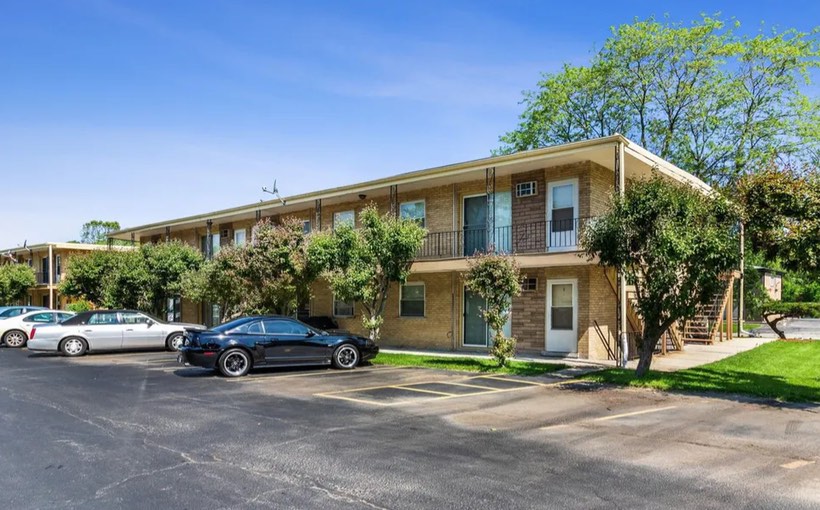Construction costs are rising, and there doesn’t appear to be any slowdown given the high development demand and shrinking labor pool.
Key Points
- Construction costs
- Shrinking labor pool
- Quantity of work,
- Technology
- Regulatory codes
Construction costs are rising, and there doesn’t appear to be any slowdown given the high development demand and shrinking labor pool. The U.S. unemployment rate dipped to 3.9% in July, a condition that is causing companies to search harder to fill positions.
When combined with rising demand for multifamily projects, the situation can be challenging for developers and contractors, alike. Mike Rovner, observes that construction costs have increased approximately 10% to 15% over the last year, depending on the trades involved in a project, and
35% over the past five years.
The commercial construction veteran for more than 26 years notes, “During this time, there has been a drastic increase in the amount of work available for certain trades, such as drywall and stucco contractors, and that has in turn created a supply and demand scenario where labor costs, as well as material costs, have gone up significantly.”
Rovner says the biggest factor driving up costs is the quantity of work. “The labor pool gets diluted and then the costs for these trades go up, providing tradesmen the opportunity to charge more,” he said. “In the past, there wasn’t a lot of work for these trades, so it has come full circle during the past few years, where these tradesmen can now demand higher pay and pick and choose jobs they prefer.”
Other factors contributing to the rising cost equation are technology and regulatory codes. As a result of changes in those areas, it has ushered in a need for workers with higher levels of skills as well as experience, both of which increases costs on projects.
While Rovner says both labor and material costs have gone up, the majority of the increase to project budgets is the labor component. “The dilution of qualified tradesmen has made a significant impact on overall costs of construction,” he said. “I do not see this abating for quite some time, as long as the quantity of work continues to increase.”
In the interim, Rovner has some advice for developers. He suggests a way to help mitigate rising costs is by instilling values and strategies to keep employees long-term and to provide them with more than just a job. “We have built a culture around our people to cultivate teamwork, support, recognition and appreciation,” he said. “This provides our people with the feeling they are working with our company collaboratively as a team rather than just collecting a paycheck, which in turn increases employee retention.”
Those same values should be radiated through vendor and subcontractor relationships, as well. “We have made it a top priority to pay faster than most companies, which makes our subcontractors and vendors have a loyalty to us they may not have to other companies that take longer to pay.”
Rovner notes these best-practices allow the company to mitigate the costs of labor increases by building long-term relationships with vendors and contractors, rather than continually having to start over and pay higher costs for new options.
An overarching approach Rovner applies is to create a collaborative atmosphere, which in turn, generates a teamwork environment with everyone who is a part of the project – from the owner to the subcontractors to the employees working on the job. He says, this allows the team as a whole to creatively problem-solve any issues that may arise, and encourages a long-term relationship built on trust.
Additionally, don’t discount the value of spending more time upfront on the pre-construction stage, and finding ways to do things more cost-effectively. “The more time that is spent upfront before the construction costs begin, the more ways we can work together to save more money on the front end, as well as the back end,” says Rovner. “Teamwork at all stages that is beneficial for all parties involved is the best advice for a successful project.”


